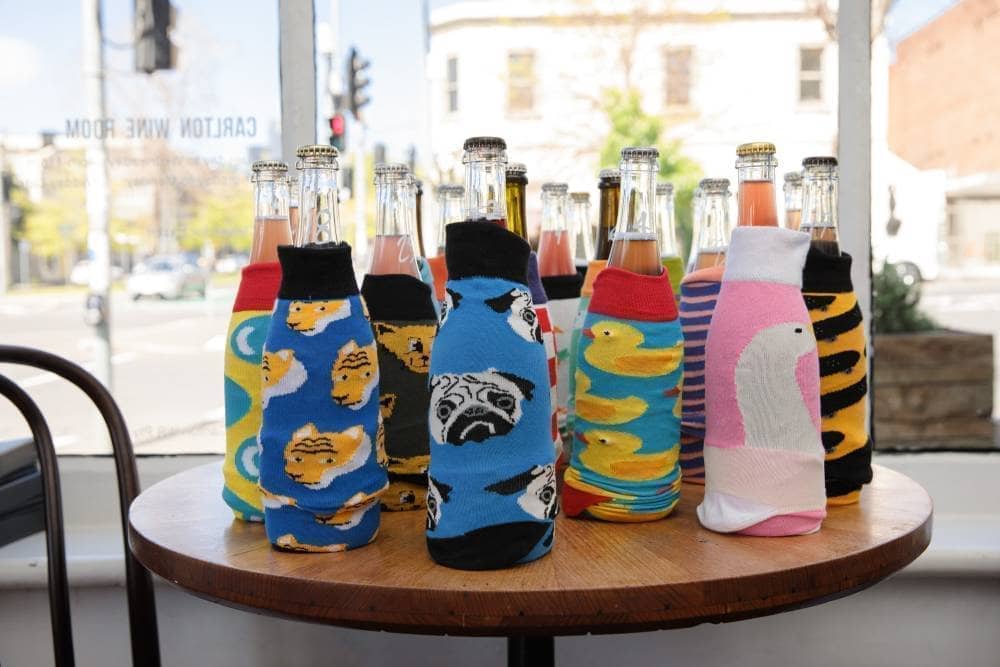By appointment only
Set opening hours
All You Need to Know About the Yarra Valley Wine Region
Explore the Yarra Valley wine region from its early beginnings to the players that define it today. Learn about the grape varieties, climate, soils and wine styles that make it tick.
History
With vines first planted in 1838 by the Ryrie brothers at Yering Station, the Yarra Valley is Victoria’s oldest winegrowing region, but there is a significant interruption to that history. Unlike regions like McLaren Vale and the Barossa, in South Australia, the Yarra Valley has no extant vines from the early plantings.
Read moreGeography, Soils & Climate
The Yarra Valley has a great geological and geographic diversity, though there are some helpful generalisations that make it navigable for the newcomer.
Read moreGrape Varieties & Wine Styles
Today, chardonnay and pinot noir are the emblematic varieties of the Yarra; however, much of the valley’s prestige was built around elegant expressions of the Bordeaux varieties, as well as some exemplary expressions of shiraz.
Read moreTop Wine Producers and Cellar Doors
Our list of the best cellar doors to visit, and the wine producers you need to know, from established icons to those cutting new paths.
The Iconic Wineries
These are benchmark wineries that have helped to shape the region, and they stand as reference points today.
View listThe New Wave Wineries
The makers that are paving a new way, taking inspiration from the past and shaping a new future.
View listCellar Doors
There’s no better way to engage with makers than to visit them onsite, and these are some of the best wine experiences in the region.
View listWhen You’re There
Travelling to a wine region isn’t always just about the wine. Discover our lists of the best places to eat – both casual and refined – our top accommodation recommendations – from budget to luxury – and our go-to lists of local attractions – from shopping to outdoor adventures.
Shopping & Other Attractions in Yarra Valley
From shopping for regional specialties to organising an outdoor adventure, these are some of the region’s top attractions.
View listAccommodation in Yarra Valley
Whether splashing out or sticking to a budget, these are some of the best places to stay in Yarra Valley.
View listEating Out – Yarra Valley's Best Restaurants and Cafés
Whether it’s a lunch at the pub or dinner in a celebrated restaurant, no visit to Yarra Valley is complete without exploring the dynamic food scene.
View list

